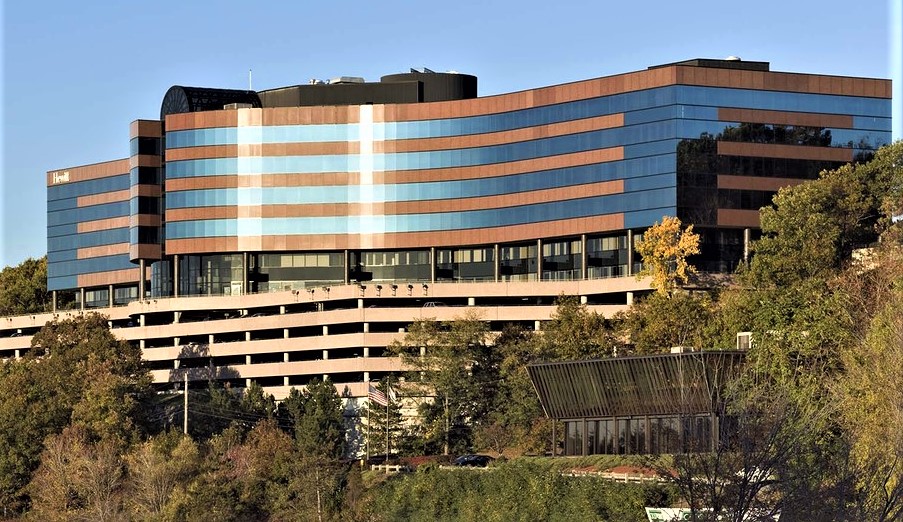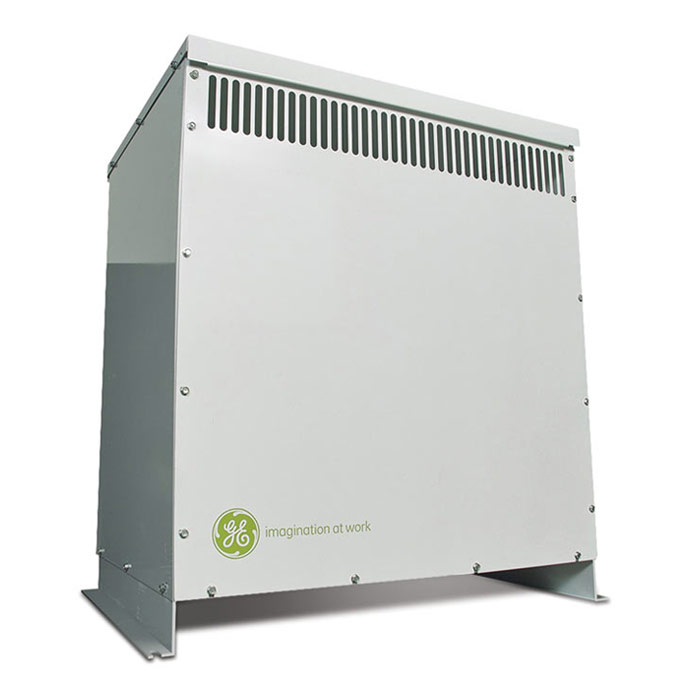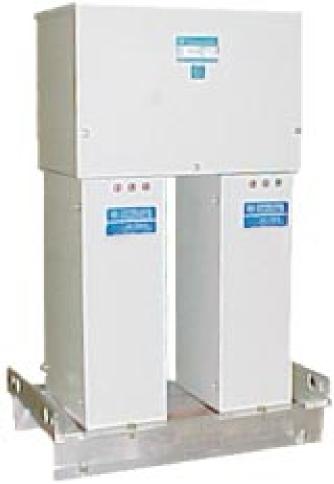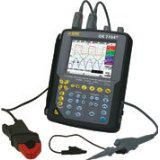 Northeast Resource Group, Inc.
Northeast Resource Group, Inc.
PO Box 6294, Plymouth, MA 02362
Transformer Retrofit Opportunity
Most dry type distribution transformers provide the final voltage transformation in the electric power distribution system by reducing the voltage from a high voltage to facilitate transporting it from a generation point to a lower voltage for use inside a facility. These transformers are actual electrical loads that are energized 24 hours a day, 365 days a year regardless of whether or not they are doing any work. They consume kWh resulting in heat generation while at or close to idle called “no load losses”. This would be comparable to leaving your car running continuously anytime it’s parked, day, night and weekends. However, in the case of transformers, it’s not practical to shut them off when they are performing little or no work. When you start to drive (adding electrical load) you add to the cost of operating them called “load losses”. New GE Ultra Efficient transformers operate significantly more efficiently under both load and no load conditions.
The Department of Energy (DOE) has regulated the energy efficiency level of low-voltage dry-type distribution transformers since 2007, although it was never mandated to comply. NEMA (National Electrical Manufacturers Association) wrote a standard for improved transformer efficiency originally in 1996 called TP1 – 1996. Many transformer manufacturers after that offered the NEMA TP1 efficient units, but they cost more, so many facility managers didn’t purchase them as they weren’t required to, although a few states suggested installing them as part of building code changes for new construction. NEMA amended the standard in 2002 and again in 2007 increasing the minimum efficiency requirement each time. In May of 2010 the NEMA CSL-3 standards were introduced with even higher efficiency ratings than NEMA TP-1. The benefits of CSL-3 transformers are reduced electrical & heat losses, lower total cost of ownership (TCO), greater energy savings and green/LEED design. These features are beneficial for data centers, healthcare installations, manufacturing, office buildings, schools & colleges, green applications, LEED buildings and government projects. The CSL-3 efficiency standard was never federally mandated but that changed in 2016.
Transformers manufactured on or after January 1, 2016 are required to meet the minimum DOE 2016 efficiencies and are now federally mandated. Retrofitting older, less efficient transformers with the new GE, DOE Compliant transformer is not required, but by doing so, will reduce operating and ownership cost and may be eligible for an incentive from local utilities. Typically, the cost of such a project can be recovered in energy cost savings in three to five years and less if an incentive is available. In addition, dry-type transformers have a normal expected reliable operating life of up to 15 to 20 years. Many transformers we find in the field are older, sometimes much older, and become a weak link in the electrical system adding to the justification of proactively replacing them. This is not unlike holding off until your hot water heater at home lets you down before replacing it. It is very inconvenient, leaves you without the utility, usually at the most inopportune time, and can cause collateral damage.
When we perform our initial facility audit we consider all existing transformers for retrofit, especially ones installed before January 2007, as they were built before many state regulations required transformers to meet the NEMA 2001 standard. Existing transformers that have the NEMA TP1 label are still considered, especially if built before January 2010, as they are not as efficient as the units built after 2010. The efficiency of transformers are published by the manufacturer and it’s a fairly straightforward process to compare their operating costs to a new High Efficiency transformer meeting the new 2016 DOE efficiency standard.
Please see the additional information found in the attached document. Document 1




